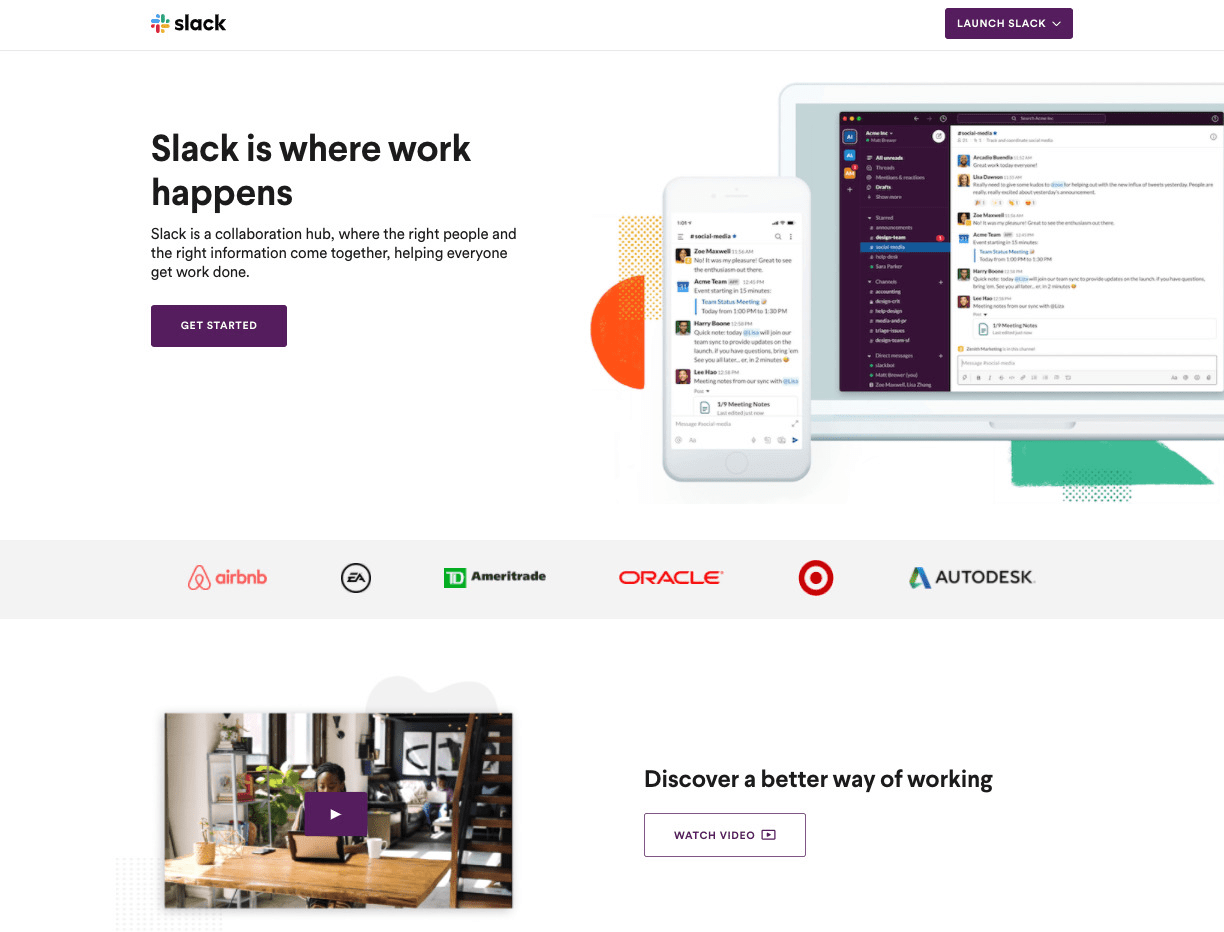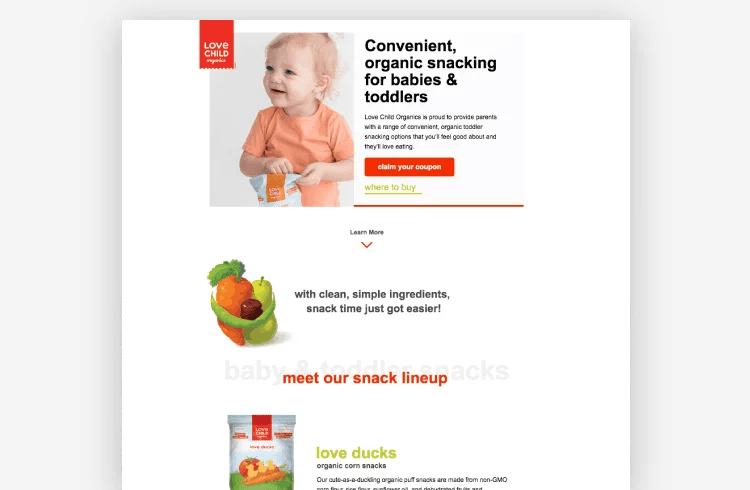Marketers talk a lot about getting customers, but not so much about what it costs.
Nowadays, achieving growth and gaining new audiences solely through organic search is tough, so most marketers supplement these with pay-per-click (PPC) ads. Paid ads are a smart move, but you’ve gotta invest in them the right way. Otherwise, you’re just throwing money right out the window.
How do you know you’re getting the best spend on your ads? Cost-per-action (CPA) is one way to measure this. It’ll give you a bird’s-eye view of what you’re paying to get results.
Let’s explore what CPA is, how it works, what causes a high CPA, and what you can do to lower it (to get more bang for your buck).

What is Cost-Per-Action and How Does It Work?
Cost-per-action (CPA) is the average amount you pay for a customer to take an action like:
- Clicking
- Filling out a form
- Downloading a resource
- Purchasing a product
- Signing up for a service or newsletter
In your marketing strategy, your CPA can measure the cost of any action a customer takes, so it’s flexible. For example, a CPA for your app could be a download, and a CPA for a magazine could be a subscription.
You might see some people define cost-per-action as the average cost for a conversion, but whether you can use those two terms interchangeably depends on what a “conversion” is for your campaign. For example, your main conversion metric might be a purchase, but what you’re actually trying to measure is your cost per landing page view.
CPA is calculated using a simple formula:
Ad spend ÷ Number of actions taken
You can also set a target CPA: The CPA you want your ads to achieve. This is sort of like reverse-engineering your spending by deciding the maximum amount you’re willing to pay per action and adjusting your campaign to meet that goal. Tools like Google’s Smart Bidding feature can help you keep your current CPA close to your target CPA.
Keep in mind that cost-per-action is different from cost-per-acquisition (also called CPA) and cost-per-lead (CPL). Cost-per-acquisition is the cost of converting someone into a customer, which likely requires a series of actions. Meanwhile, cost-per-lead is the cost of getting a lead, whether they become a customer or stay a potential one.
(From here on out when we say CPA, we’re talking cost-per-action.)
Google’s Quality Score, CPA, and You
Google’s Quality Score measures the quality of the experience your ad gives its viewers. A higher Quality Score means that Google thinks you have a more relevant and valuable ad.
Google adds up your Quality Score using three factors:
- The likelihood someone will click on your ad (expected clickthrough rate).
- How much your ad matches your user’s goals (ad relevance).
- How valuable and relevant your landing page is (landing page experience).
Peep again at that last bullet—your landing page affects your Quality Score, so it also impacts your CPA.
How exactly does Quality Score change your CPA? According to Google, Quality Score tends to lower cost-per-click. And if you want your customers to take action, they have to click on your ad.
What Can Cause High CPA?
A few factors besides Quality Score can crank up your CPA:
- Lots of competition: Keywords that get a bunch of traffic will cost more to target—it’s the nature of the beast. Add some lower-traffic keywords to the mix if they start inflating your CPA.
- Wrong targeting: If you don’t target the right audience, they’re less likely to look at your ad, leading to lots of wasted impressions (read: money) between rare actions.
- Tracking that misses the mark: You might also see a higher-than-expected CPA when you have more conversions than you’re actually counting when calculating CPA.
In other words, you need to be on top of your ad game to keep your CPA manageable. But what does a high CPA even look like?
Data from WordStream (via Statista) shows that the average CPA varies by industry. While a B2B company spends an average of $116.13 on a Google search ad, a tech business pays around $133.52. Keep up with your industry’s research to see how your ads stack up.
Find Out What’s Causing a High CPA
As you just learned, there’s a bunch of reasons why your CPA is high. So you’ll need to organize those potential causes through careful tracking. These strategies will help you track your ads in detail and catch issues early on:
- Use tracking pixels or cookies: Page-based tracking tech will help you learn which ads convert. You might wanna use a pop-up or sticky bar on your landing page to follow privacy rules and keep visitors’ trust.
- Sort your URLs and coupon codes: Nobody said you have to use the same URL or coupon code for your ads. Keep ‘em separated by campaign or ad, and you’ll get the chance to compare views or redemptions on a per-ad or per-campaign basis.
How to Keep Your CPA in Check
So, you found out you have a high CPA. Now what? Start the path to a lower CPA by making a couple of tweaks to your ads. Here’s where to start:
1. Press pause on poor performance
Sometimes, an ad doesn’t do the trick. Maybe the copy isn’t quite right, or the image isn’t catching the audience’s attention. There’s no shame in pausing a low-performing ad to focus on the ones that do perform.
Think of it as the KonMari method for your ads, but instead of keeping only the things that spark joy, you’re keeping ads that spark action.
Ding!
If you’re not already optimizing your landing pages, you should really get into that habit. For example, data scientist Tomi Mester tested two landing page variants and found that one version drove 45 conversions, and the other got 88. So imagine how much lower the CPA must have been on the second post since it converted with fewer wasted impressions.
2. Give your landing pages some TLC
If your ad campaign involves landing pages, remember to monitor their quality as much as you do your ad quality. CPA is a team effort among all of your campaign elements, including your landing page. When your goal is to drive traffic and conversions on a landing page, your landing page’s quality will take your visitors through to conversion.
Of course, landing page quality is in the eye of the beholder. Different landing page designs will appeal to different audiences. To account for this, you could spend a lot of time switching your targeting and design. Or, you could let smart technology do the heavy lifting.
Smart Traffic saves you the guesswork by automagically redirecting traffic to the landing page variants that appeal to them. Sometimes a difference as slight as the color scheme will affect conversions, and Smart Traffic catches on.

Take it from the ConstructConnect team. They directed traffic to three different landing page variants—two of which varied only in their design. That simple division in Smart Traffic drove an overall conversion lift of 35%.
3. Jazz up your content with video
Video can make a world of difference in ad conversion potential—especially for landing pages. Adding a video to your landing page can increase conversions by as much as 86%.
This stat checks out on a common-sense level. Video is often easier to digest than tons of copy. Plus, as a moving visual, it catches more attention than text or images alone.
Even if you don’t have the budget to do a full-on production, try a landing page with a video background. Some Unbounce templates have these backgrounds built-in with room for a few seconds of video. You could record something simple yourself or use a stock option.
Vidyard shares a Slack landing page with a simple video callout that you can use for inspiration:

4. Retarget interested customers
Why focus all of your targeting on new customers when you already have interested folks in front of you? Try retargeting campaigns with ads and landing pages focused on bringing back previously interested people. This way, you don’t have to do as much heavy lifting on the CPA front because you already have an easy in from those previously interested.
Every customer goes through a journey that isn’t always straightforward. For example, instead of going straight from ad to sale, they might start a signup and leave it for a month. These folks may need an extra nudge to make it to checkout.

In Love Child Organics’ case, the nudge was a coupon on an Unbounce landing page. One of this page’s audiences was families who knew the brand. Love Child Organics got visitors’ email addresses, and visitors got a coupon to encourage them to spend—win-win.

Happy CPA = Happy Budget
Your CPA is an important indicator of your ads’ effectiveness, and there’s lots you can do to optimize it. As you check your other KPIs, make sure you’re keeping an eye on your average cost-per-action. That way, if your CPA seems to be creeping up just a little too high, you can put it back on track.
You’ll get more conversions for your money, and who doesn’t want that? Unbounce simplifies CPA tracking with Conversion Goals. Check a few boxes for the actions you want to track, then let Unbounce do its stuff.
Sign up for a free trial to give it a whirl.

![[Unbounce – TOFU] Conversion Benchmark Report – V1](https://unbounce.com/photos/BLOG-CTA-OPTION-1-scaled.jpg)
